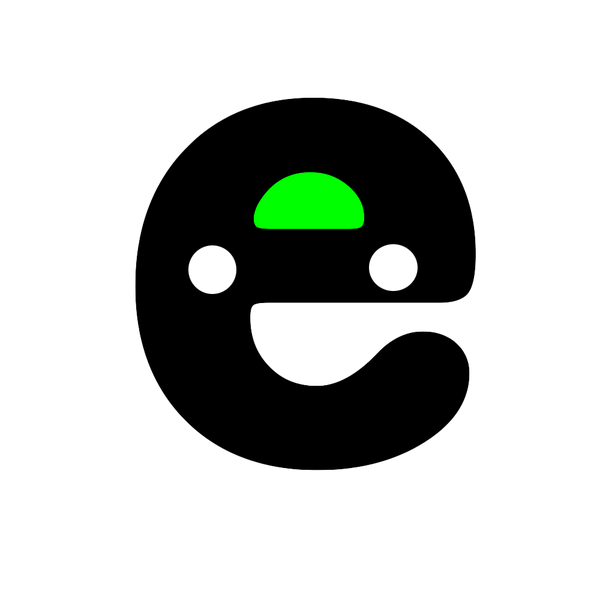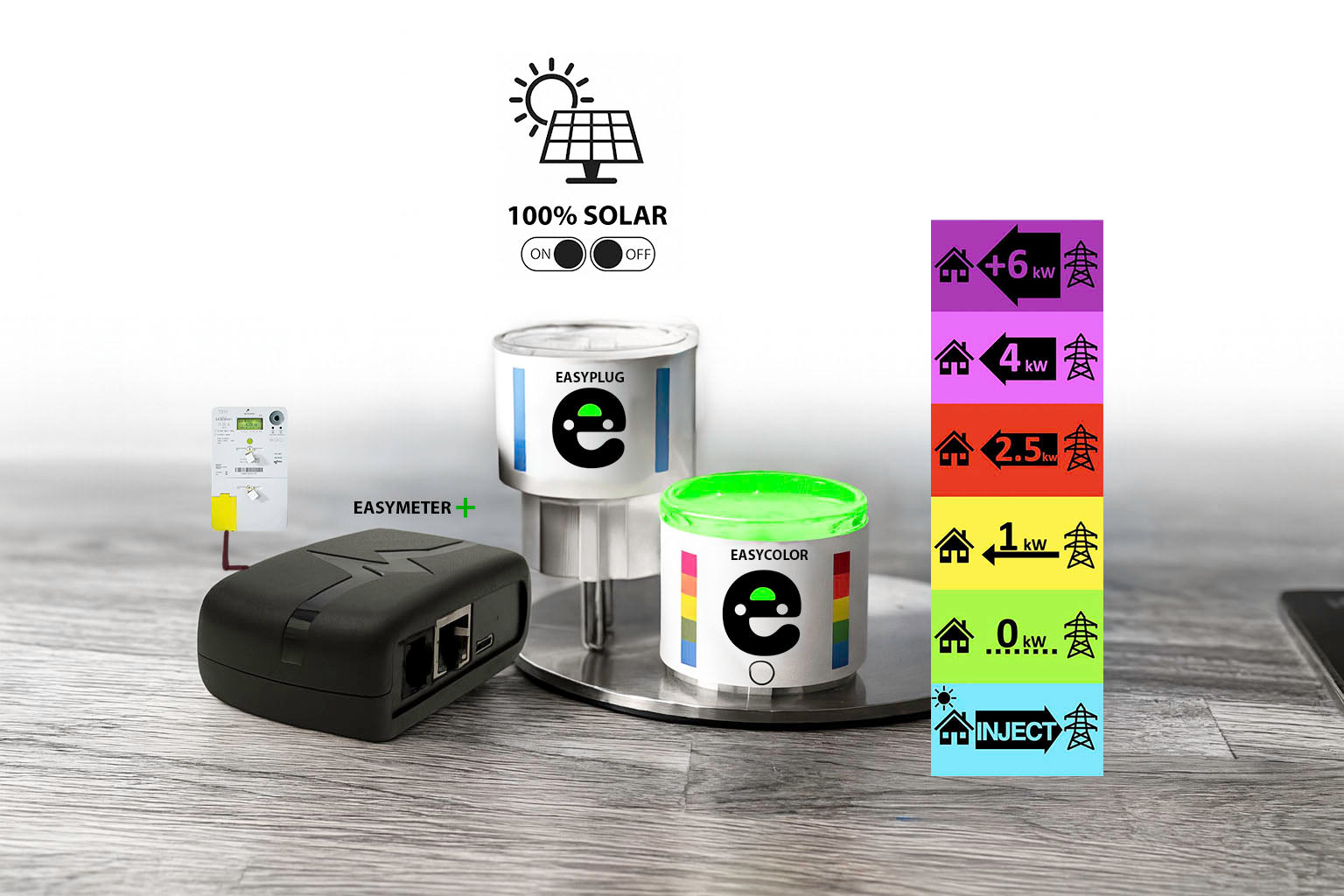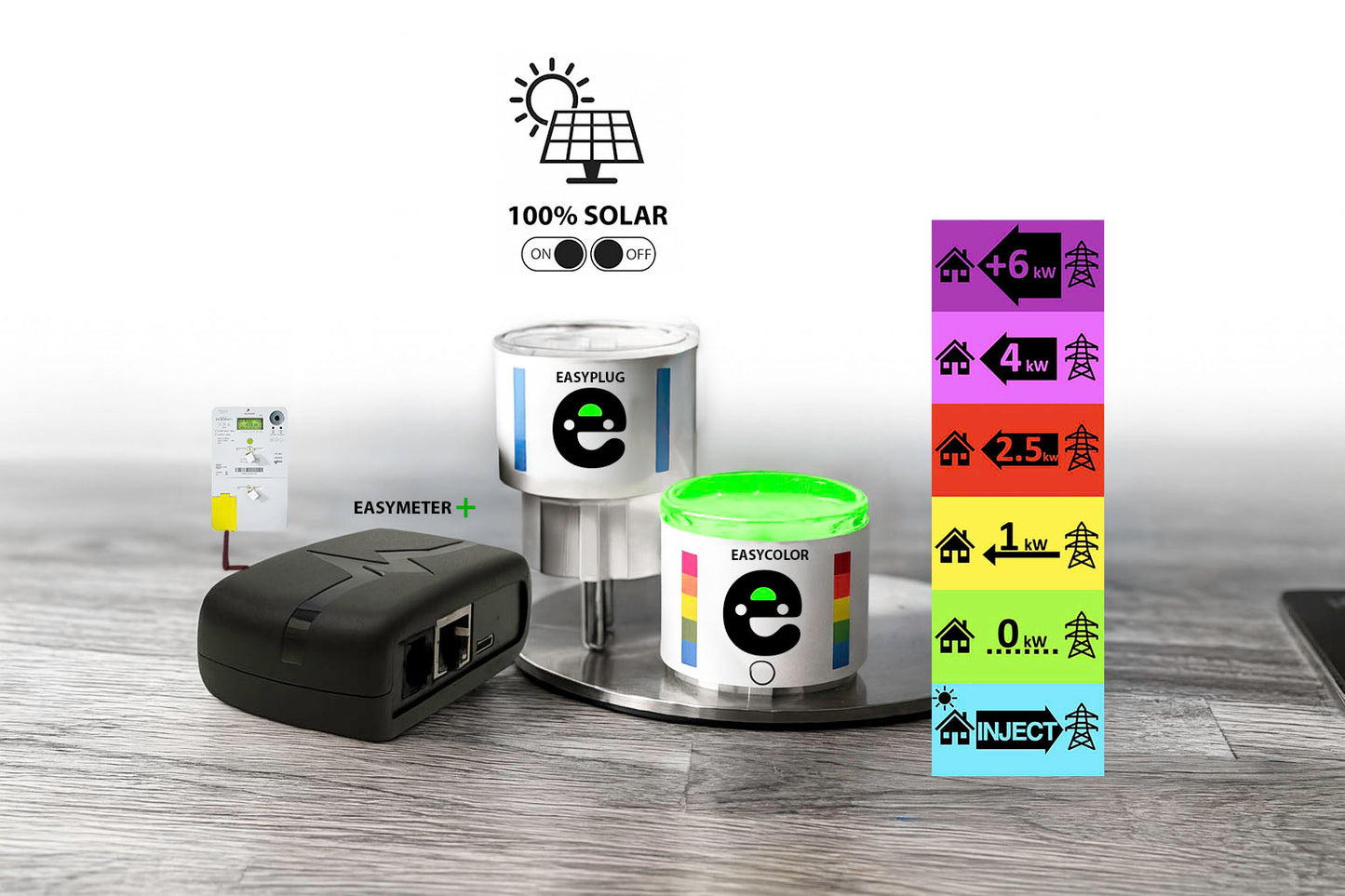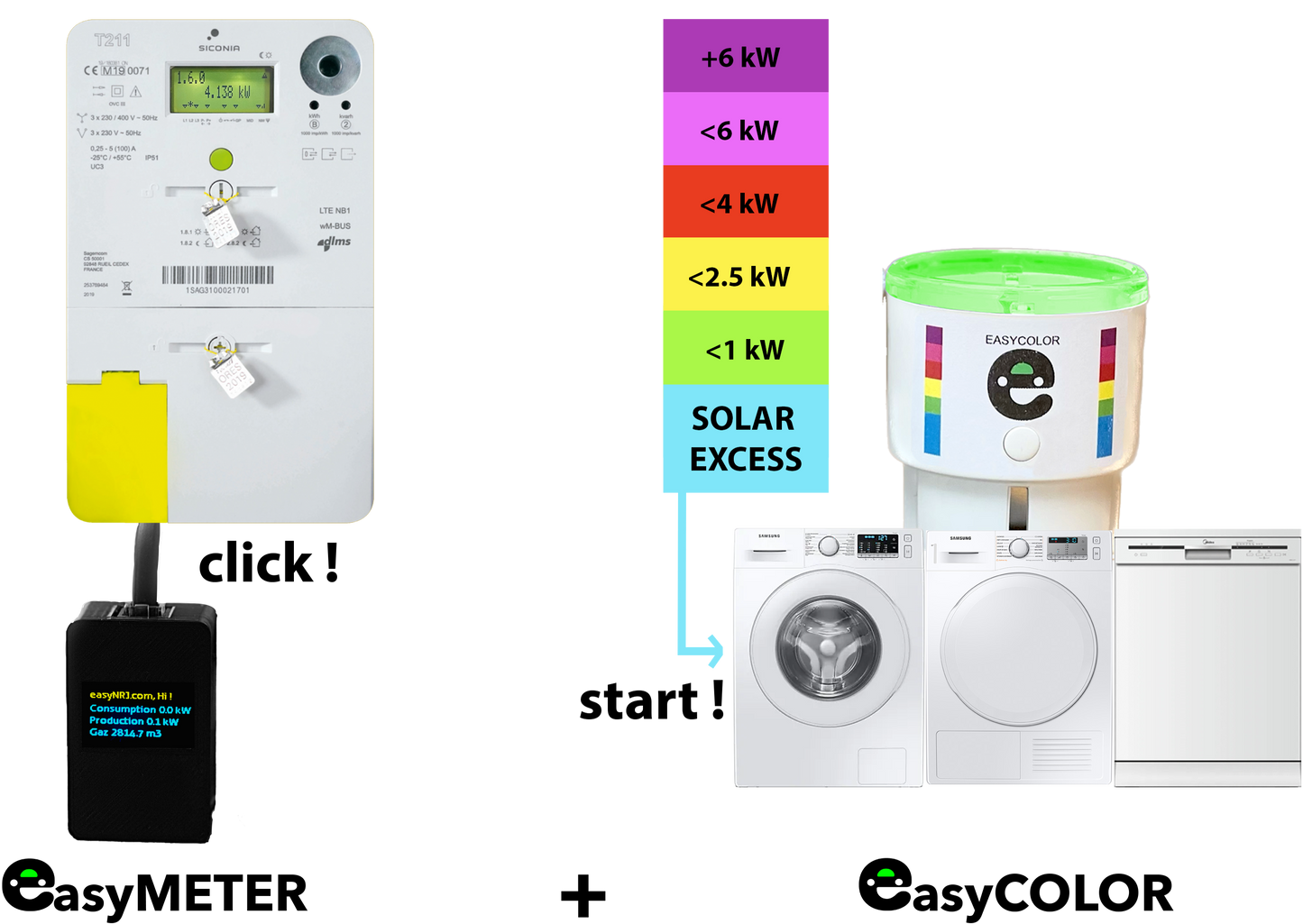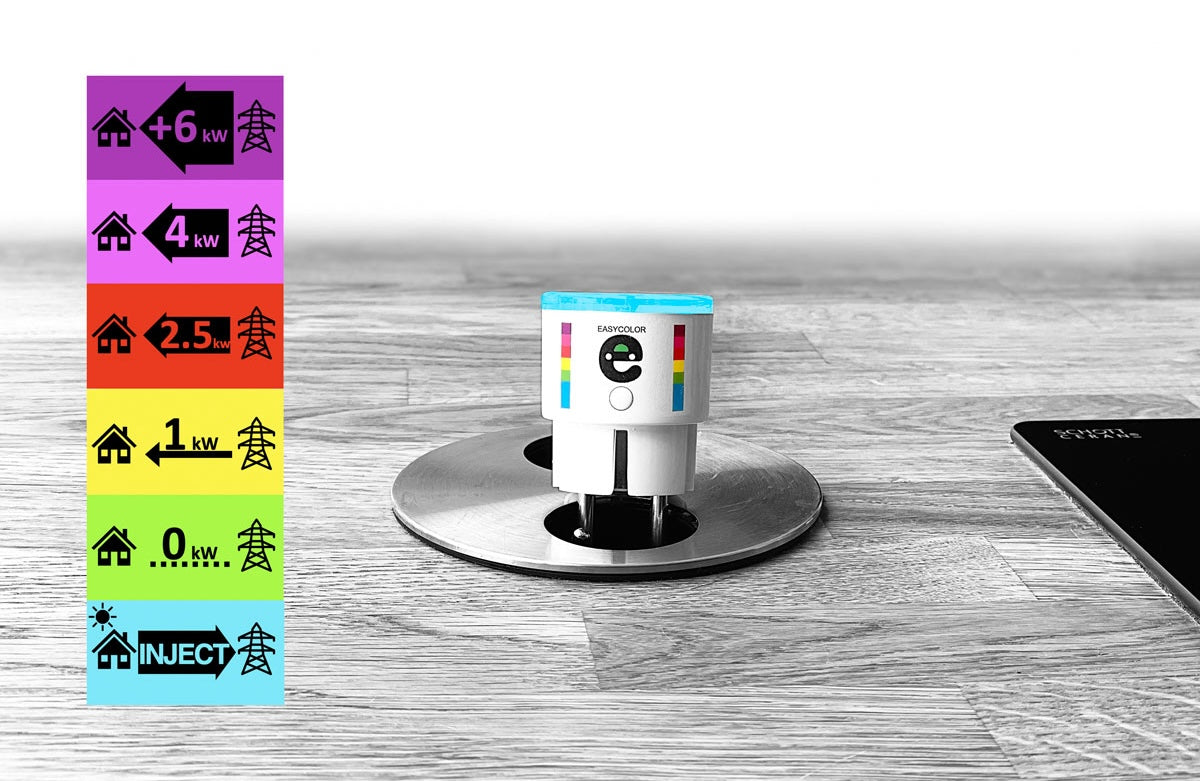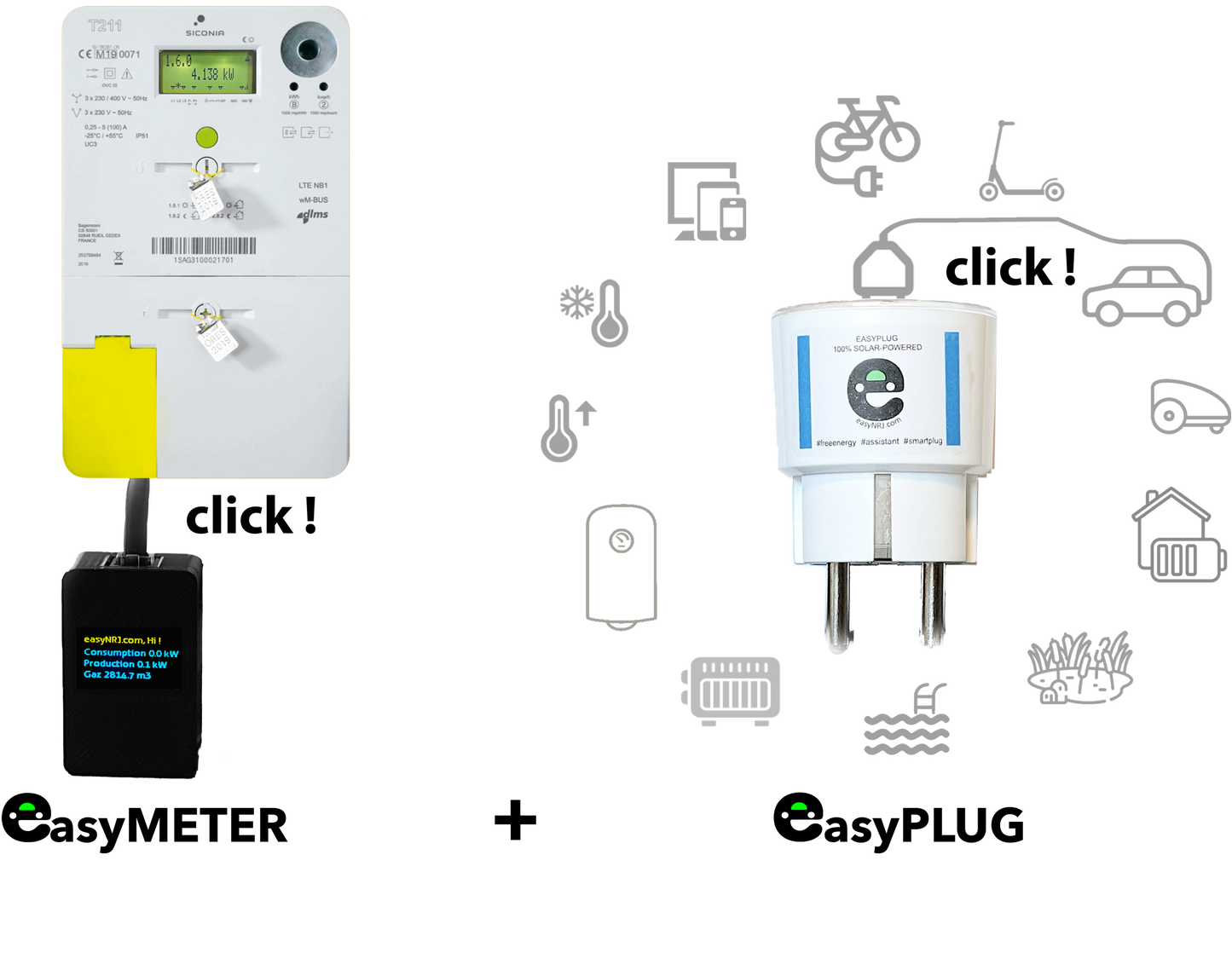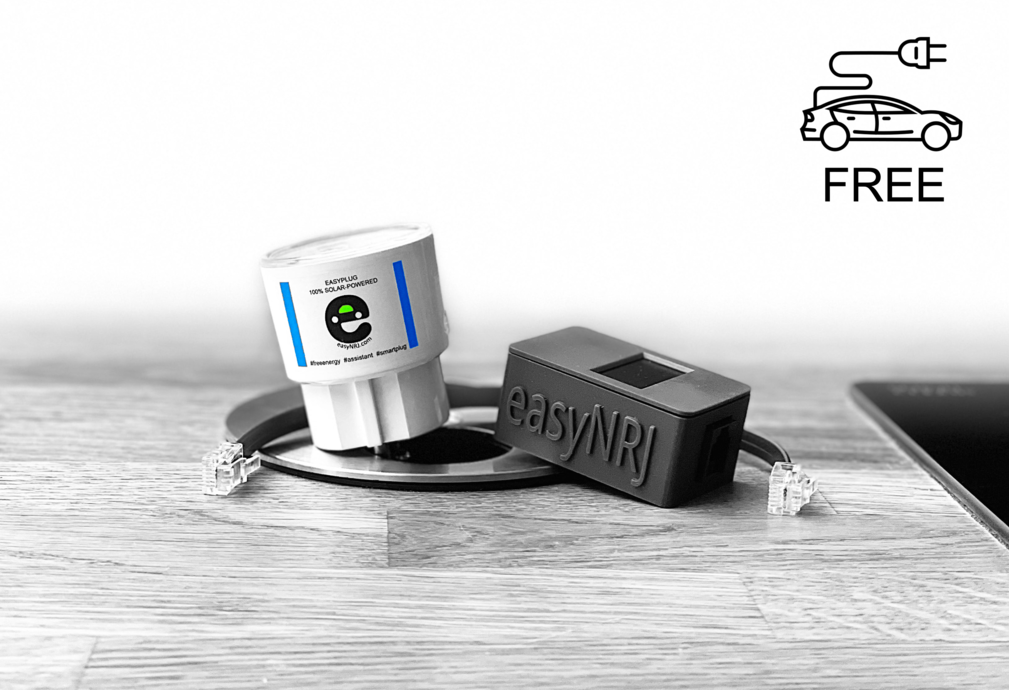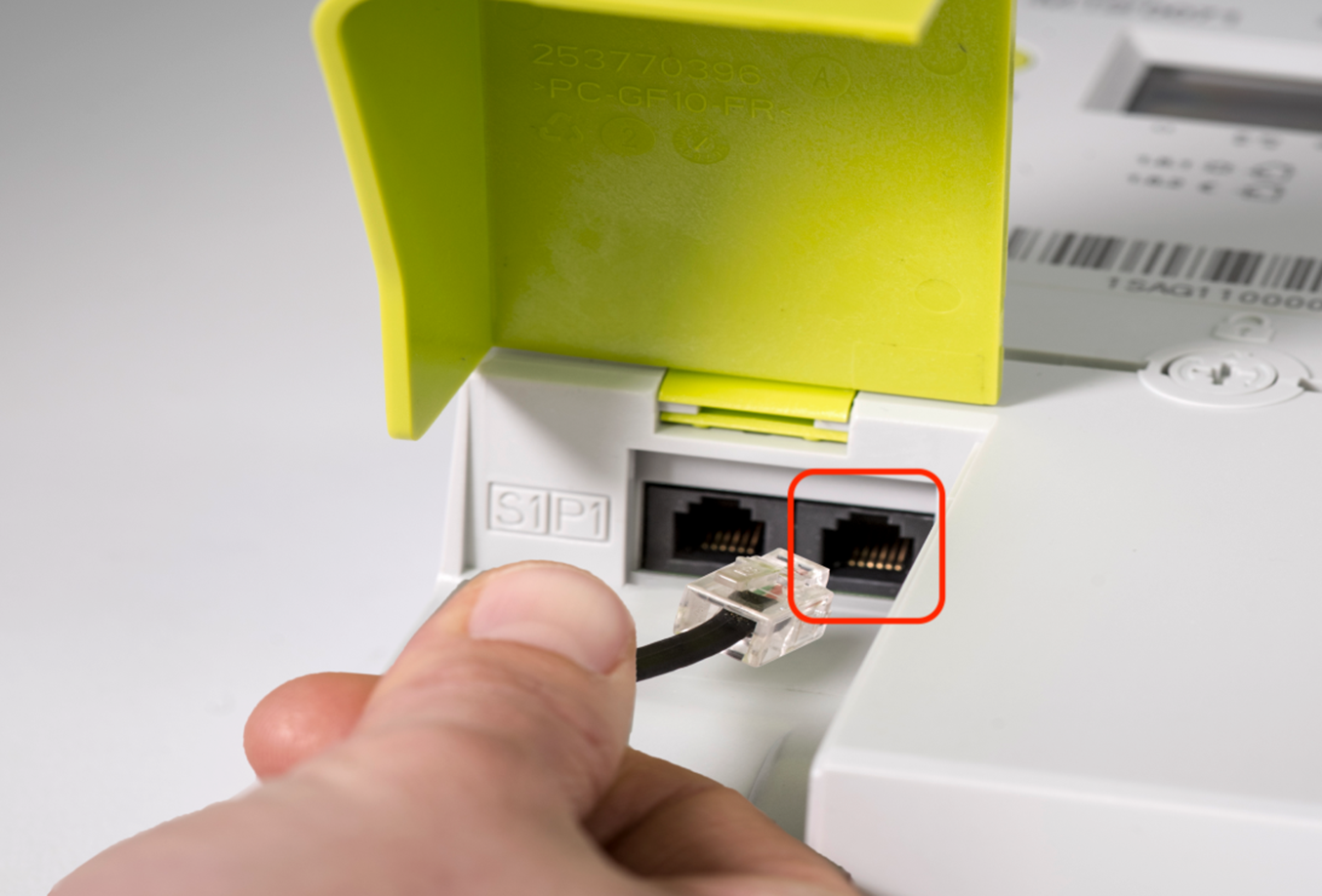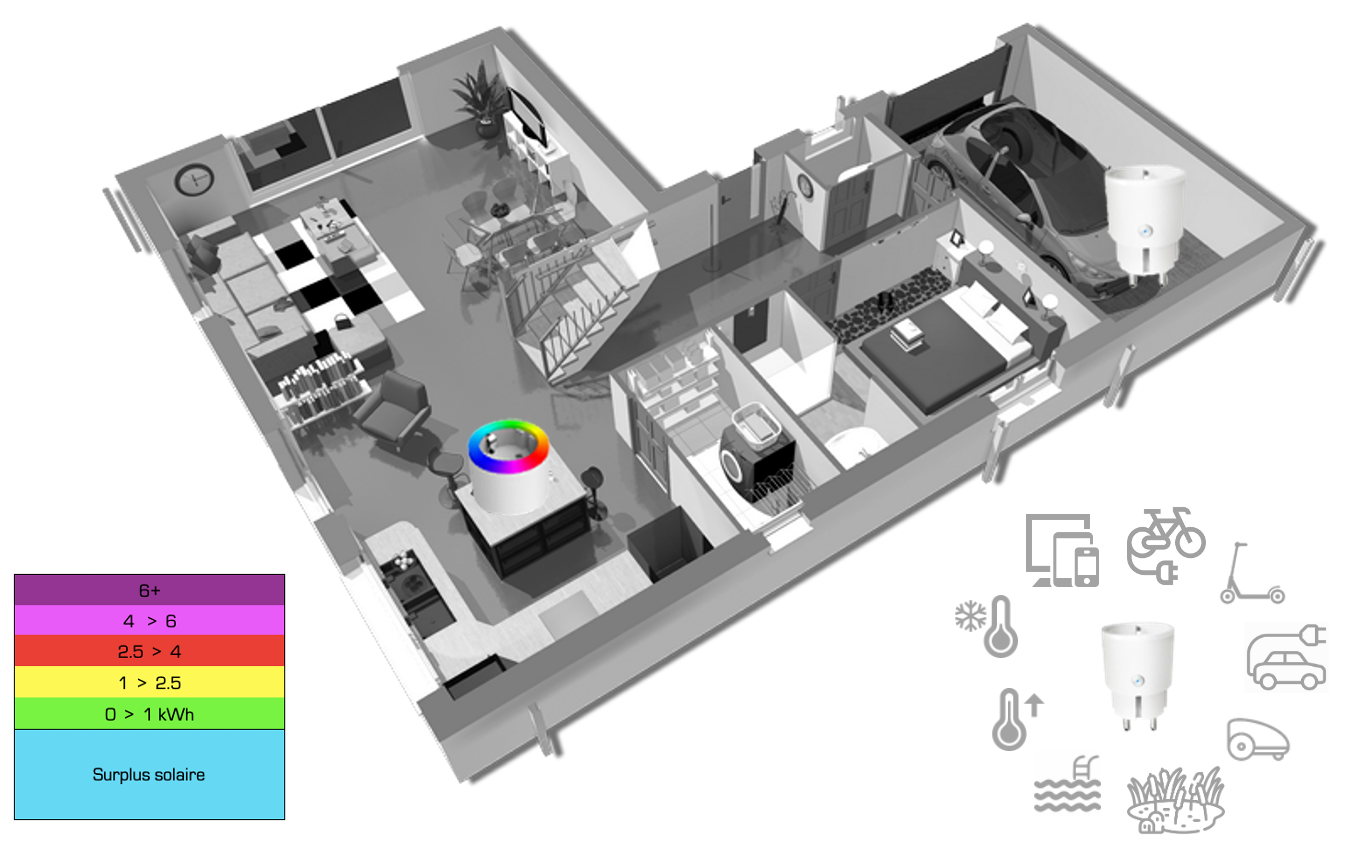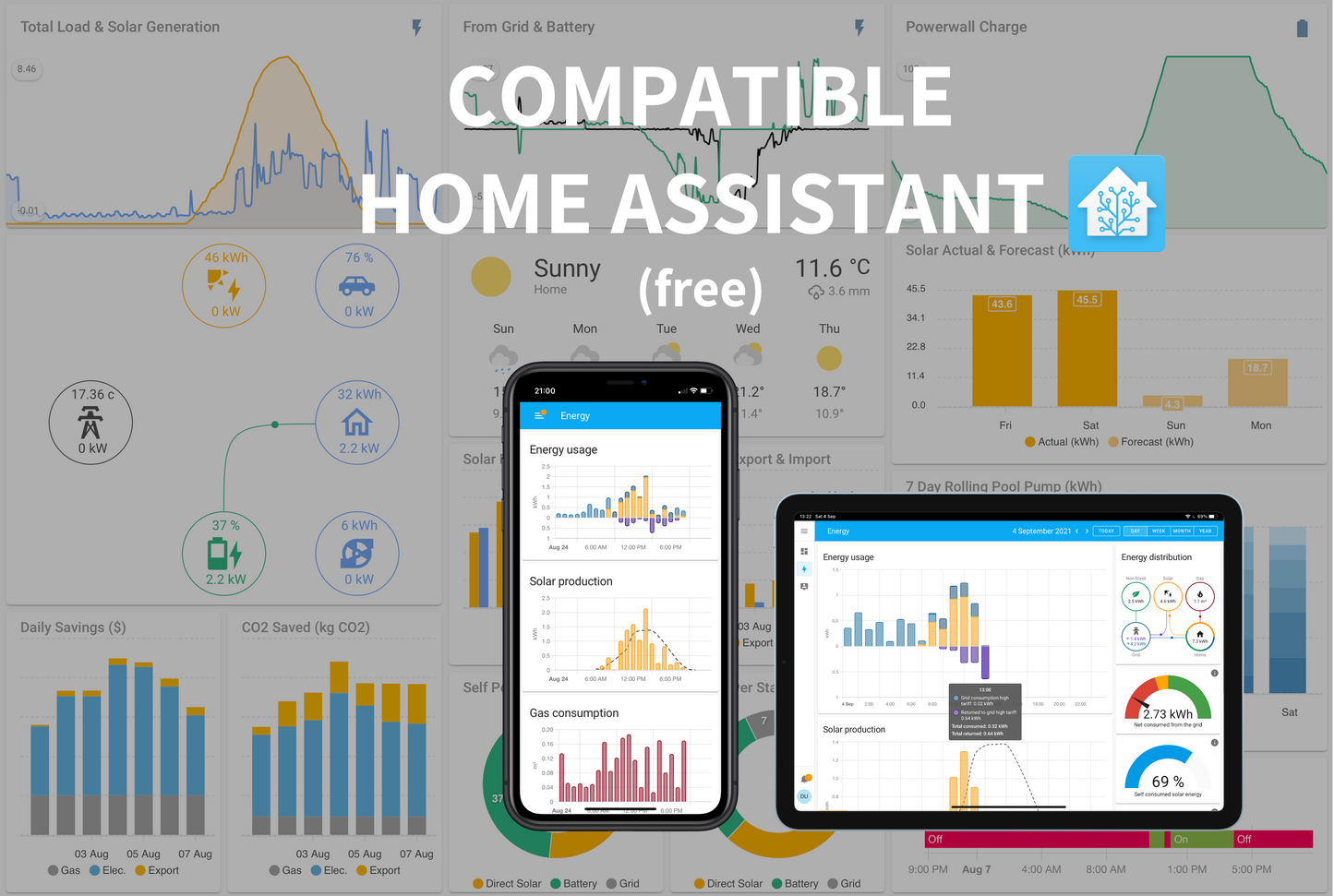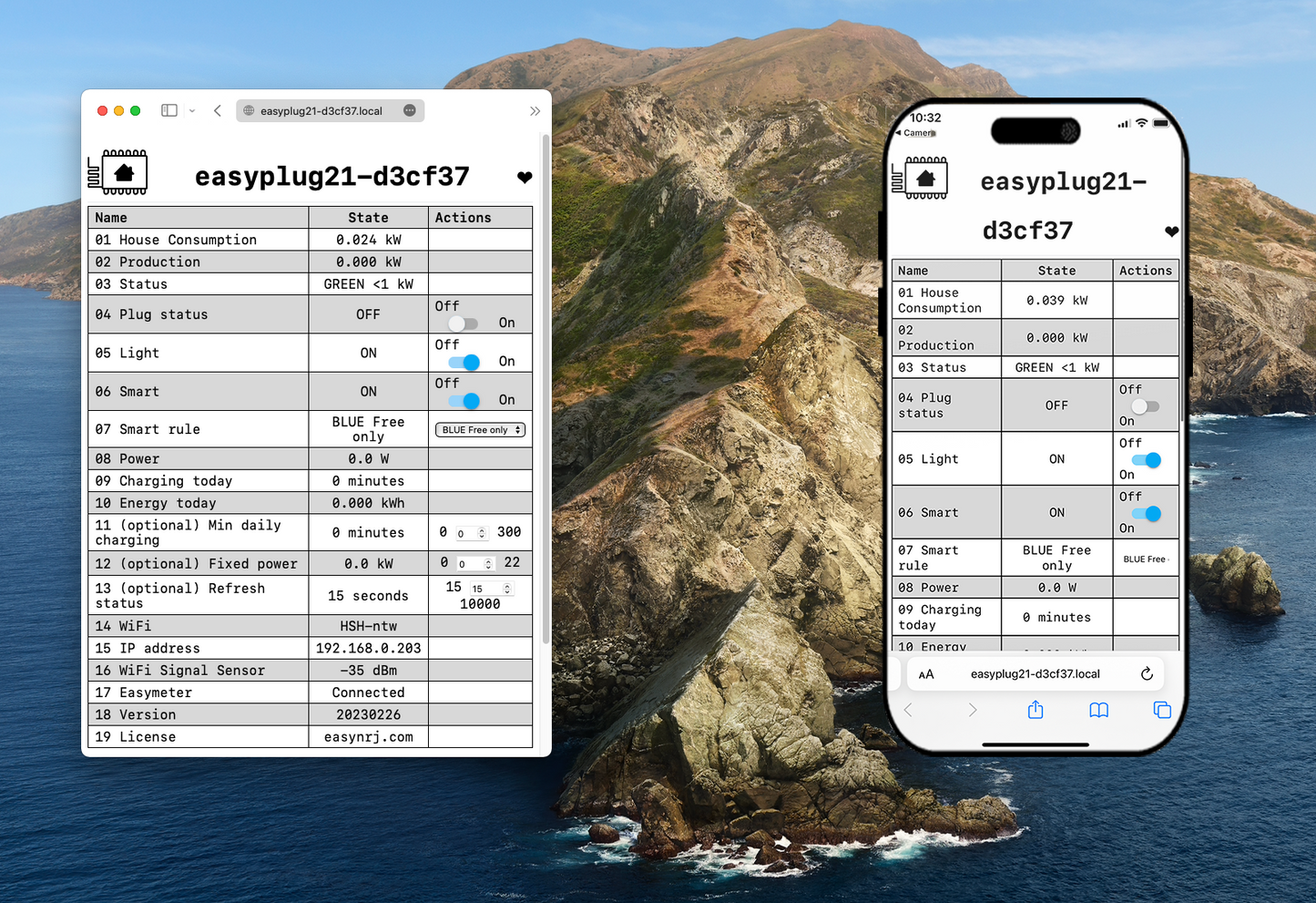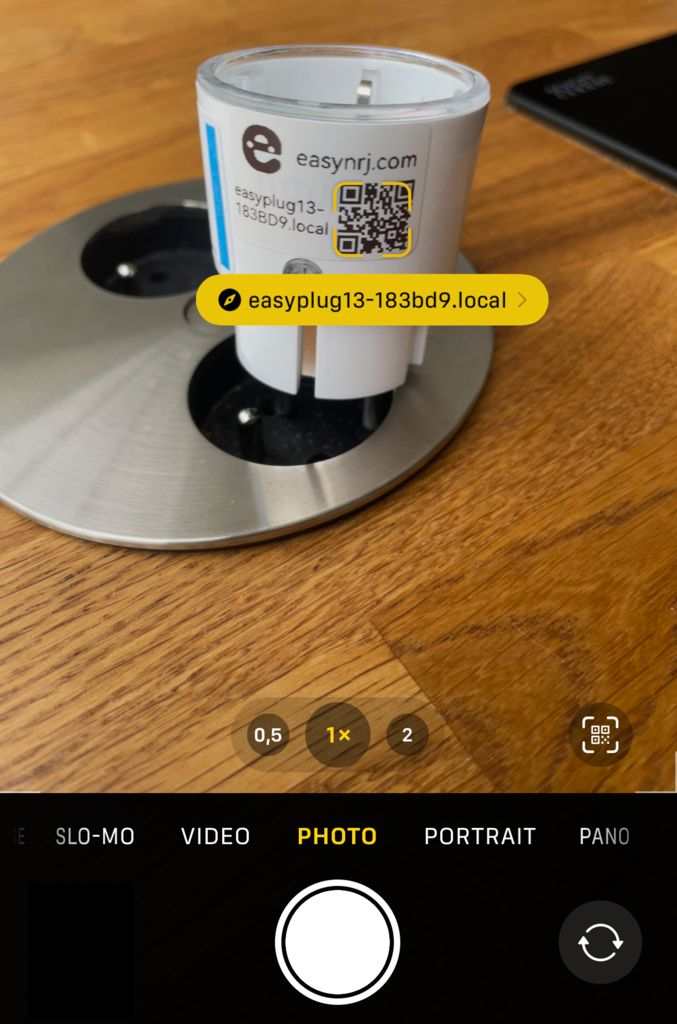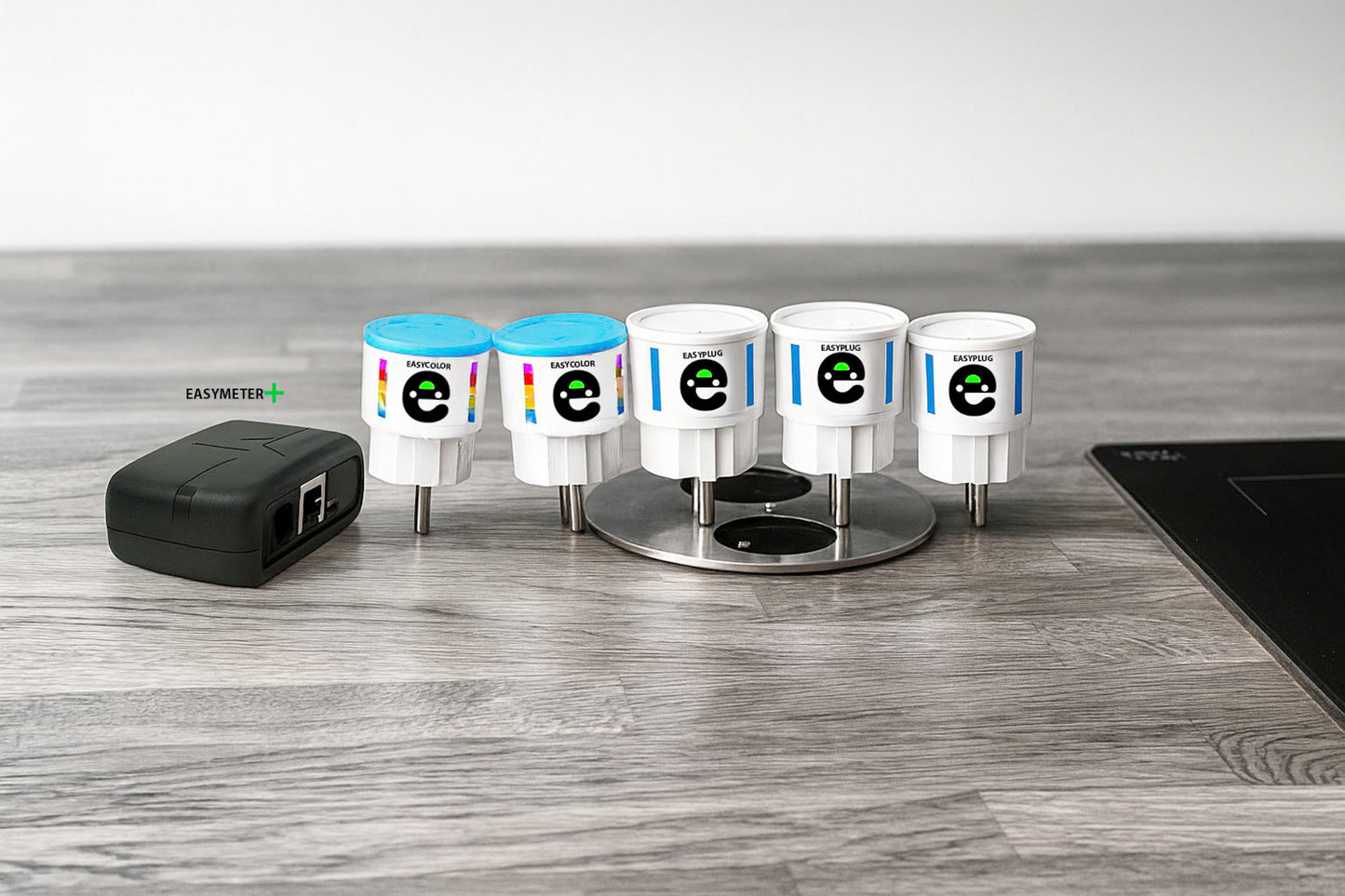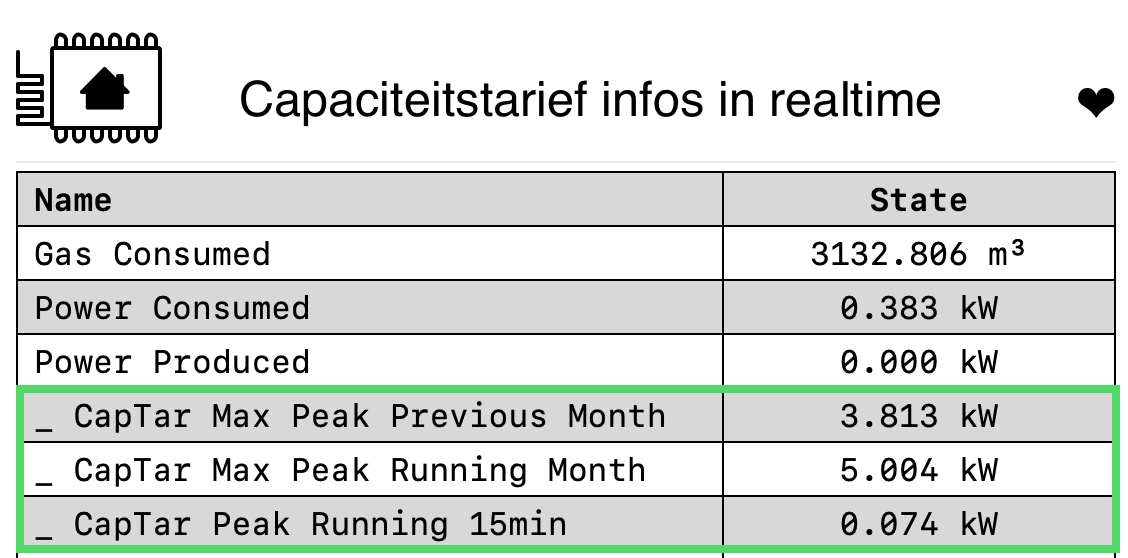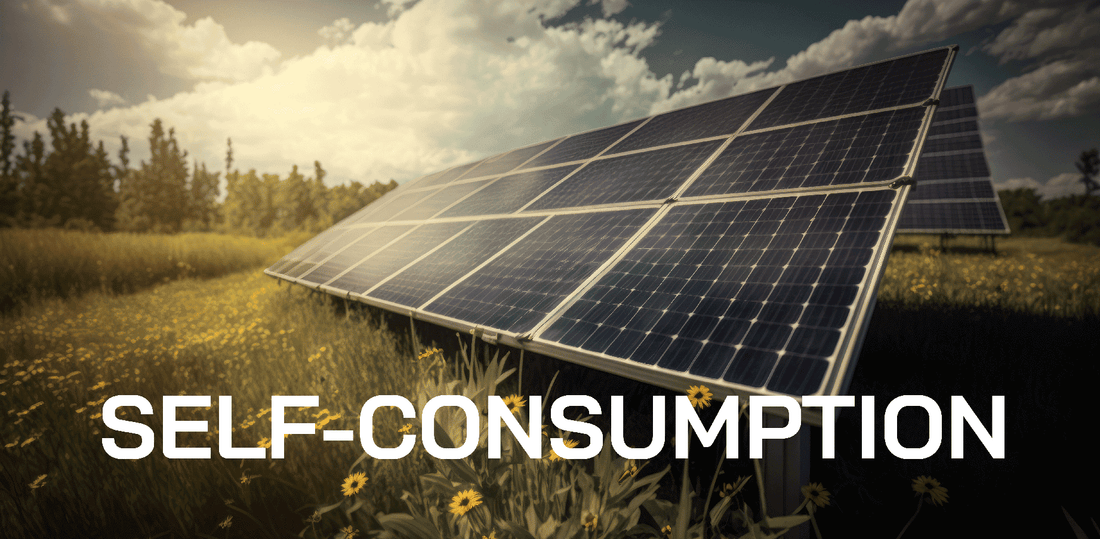
How to self-consume your electricity easily
Share
Why Self-Consuming
First and foremost, it's an ecological gesture: Storing or intelligently using your solar surplus prevents you from consuming that energy at a later time when green energy isn't available.
Currently, most regions offer a financial advantage to self-consumption (and injection is poorly compensated), or conversely, penalize consumption peaks (e.g., capacity tariff in Flanders).
- Self-consumed Electricity and thus not purchased: +- €0.40 / saved kWh
- Capacity Tariff: +- €40 excl. VAT per kW of avoided peaks per year (more info here)
Self-consuming surplus electricity is economically advantageous while being an ecological gesture.
5 Self-Consumption Solutions
Solution 1. Home Battery

This is the simplest solution, with a capacity of 2 to 15 kWh. The home battery will automatically store the energy produced by your solar panels that isn't consumed by your house. When the panels no longer produce enough, it will then provide the previously stored energy, saving you from consuming grid electricity.
A simple solution, but also costly, ranging between €3000 and €7000 if installed simultaneously with your solar panels. If installed later, your existing inverter will likely need to be replaced with a hybrid inverter (+ €2000).
- Price: €3000 to €7000
- Capacity: 2-15 kWh
- Installation: Professionals only
Solution 2. Electric Vehicle

If you often work from home, an electric vehicle paired with a smart charger is ideal, as you'll have 60-100 kWh of battery capacity available to store the surplus energy from your solar panels. The cost of electric vehicles is becoming more affordable (starting at €40,000), but for effective self-consumption, you'll also need:
- Your vehicle to be at home during sunny hours (telecommuting, alternating between car/bike for commuting, etc.)
- A smart charger, allowing the electric vehicle's charging to align with the instantaneous injection power to the grid (surplus). More and more chargers of this type are available, but their installation is a bit more complex (connecting the charger to a "P1 dongle" linked to the smart meter or granting access to APIs, etc.)
- Price: €40,000 to €100,000
- Capacity: 50 - 100 kWh
- Installation: Professionals only
Solution 3. Appliances, Timing Matters

The solution is simple: Start your washing machine, dishwasher, dryer when you're injecting surplus energy back into the grid.
Yes, but even if it's sunny, that doesn't mean you're injecting... Is the car already charging? Is the heat pump active? Is the dryer already running in the laundry room?
Here's the intelligent indicator easyCOLOR:

A simple light indicator (in the form of a socket) that informs you of the consumption or production of the entire house using 6 colors:
- Blue: Injection in progress
- Green: Consumption <1 kW
- Yellow: Consumption <2.5 kW
- Red: Consumption <4 kW
- Pink: Consumption <6 kW
- Violet: Consumption +6 kW
In a glance, without needing to check your phone screen, you monitor the house's overall consumption!
Simple and engaging, you'll quickly get into the habit of using your appliances at the best times. The whole family participates, and kids will happily let you know if you're in the red-violet range for too long!
easyCOLOR has many intelligent features but can also be used as a regular socket, so you don't lose the functionality of the socket where you install it (for example, in the kitchen).
- Price: €149 in the Monitoring Pack
- Capacity: Depends on the number of installed easyCOLOR devices (e.g., 1 in the kitchen, 1 in the laundry room) and improvement of habits.
- Installation: Very simple, can be done by yourself
Solution 4. Using Existing Batteries

In a typical house, many devices operate with an internal battery. These don't need to be fully charged all the time. Why not charge them only with solar surplus? You just need a socket that activates only when you're producing excess energy...
Here's the 100% solar self-consumption plug: easyPLUG:

- Price: €99 in the Solar Charging Pack
- Capacity: Depends on the number of installed easyPLUG devices. Note that a power strip can easily be connected to easyPLUG.
- Installation: Very simple, can be done by yourself
Solution 5. Heat as a Battery
(solution for skilled DIY enthusiasts and professional installers)
Too little known, yet so profitable and environmentally friendly: Numerous thermodynamic water heaters are installed everywhere. The majority are Smart Grid Ready or PV-ready.

What does this mean? With a simple command, it's possible to instruct the water heater to "heat more" when we're producing excess electricity with our solar panels.
Thus, in case of solar surplus, the water will be heated up to around 65°C instead of the usual 52°C.
In practice, the water heater will mostly operate for self-consumption during photovoltaic production surpluses. Your water heater then becomes the equivalent of a 4 kWh battery (4-5h * 800W)

- Price:
- Basic solution <€200 for skilled DIY enthusiasts (not compatible with all models).
- Or ask your electrician or heating engineer to contact us (we have a professional solution "easySG - Smart Grid Activator Pro")
- Capacity: Equivalent to a 4 kWh battery
- Installation: Skilled DIY enthusiasts / professionals
easyNRJ Solutions
